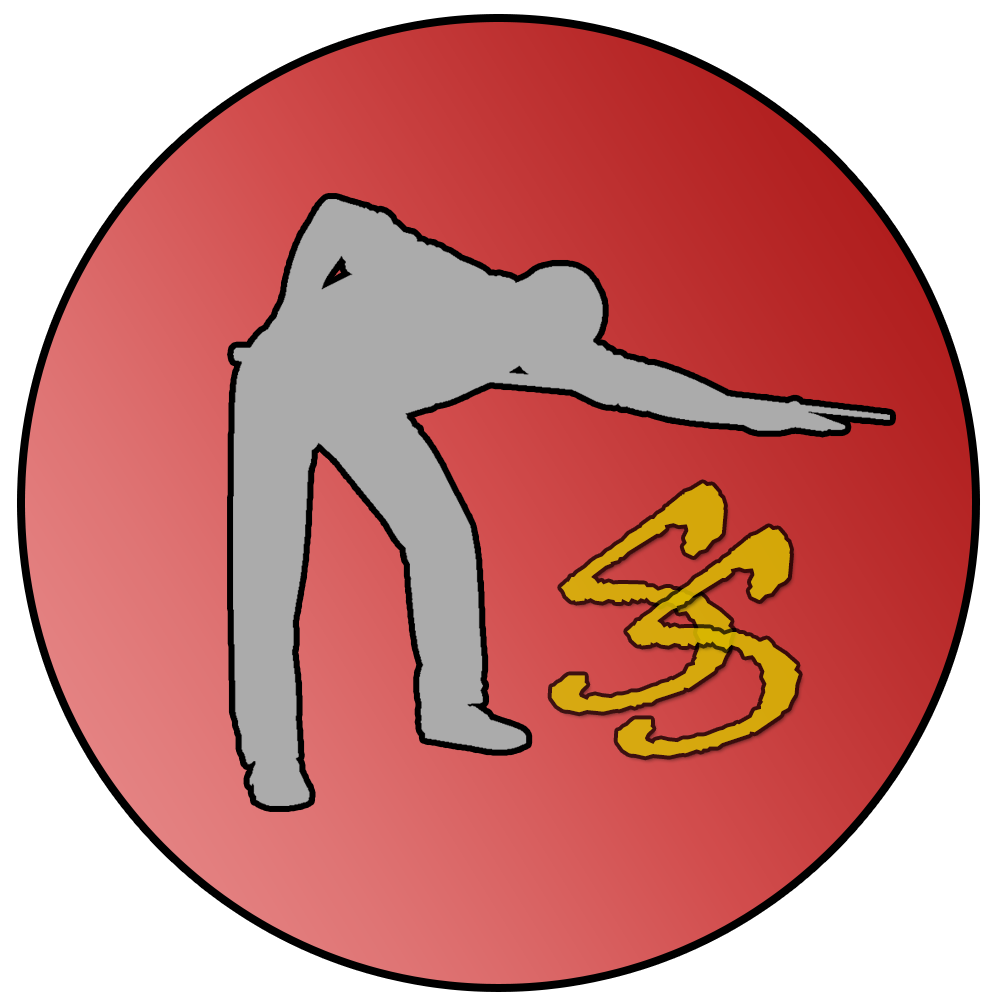Spanning decades, snooker was backed and sponsored by members of the tobacco industry. It was reported that up to 70% of revenue generated derived from these sources, which in turn produced tournaments such as the ‘Benson & Hedges Masters’ and ‘Embassy World Championship’ (which lasted for 30 years). For the past 15 years, there has been a shift in the nature of advertising involved in snooker, but are things really that different?
In the 1970s, as Pot Black was rising in popularity (link to Pot Black Short below), prospective sponsors wanted to become more involved with the sport which showcased personas such as Ray Reardon and Alex Higgins. As snooker gained exposure and more importantly, TV coverage, this led to the revolution of tobacco sponsorships being attached to many of the tournaments throughout the season, such as the Welsh/Scottish Open and Irish Masters.
The next 30 years saw a pattern of tobacco sponsorships similar to what we are used to seeing currently with betting companies. You could say that tobacco sponsorships were one of the characteristics of the Golden era of snooker; along with players’ smoking/eating/drinking, shining personalities and large-scale appeal.
However, during the mid-1990s UK legislation forbade tobacco products from being advertised on television. This was then escalated in 1999 when shops and newsagents were also disallowed from advertising these products. It was also known at this time that any kind of tobacco sponsorship among sporting events would cease by 2003. This would affect other sports such as rugby, darts and F1.
Considering how heavily reliant snooker was on the revenue from tobacco sponsorships, the WPBSA appealed to ministers to grant a 3-year extension/buffer period. This was approved on the basis of snooker being a world event and its considerable dependence on this revenue source. Formula 1 was the only other sport that was allowed this extension period. We’re dealing in the millions of £s here and since this was a substantial portion of World Snooker funds, would result in a critical gap in the budget.
Despite WPBSA and World Snooker having extra time to try and arrange their future sponsorship arrangements, the effects of this cut were still felt across the landscape. The WSC prize fund fell from £1.1m in 2005 to just under £900k in 2006; with the winners share dropping by £50,000. They were able to obtain sponsorship for the 2006 WSC from a betting company, although there were a lot of problems arising with some players and their own personal sponsors, who were rivals of this betting company, therefore resulting in a loss of income.
The rest of the decade was a struggle for snooker as there weren’t many ranking events or tournaments to compete in. Some events had to be completely cut due to the lack of available funding and many considered snooker a dying sport. It was held by the sponsorships of betting companies and various retail outlets.
Following the end of tobacco sponsorships most events, namely the Triple Crowns and other UK-based tournaments, were funded by numerous betting companies. This is still prevalent to current day however, given the nature of this industry, it wouldn’t be surprising if government legislation causes it to suffer a similar fate to its predecessor. And if it does, I hope the WST has something planned and isn’t too overly reliant on this source of income.
I’m certain this isn’t the case as WST would have learned from the experience with tobacco sponsorships. And it mainly seems like something that is evident in the UK and some European tournaments. Most tournaments taking place in China seem to have sponsors that lean away from these industries i.e. financial institutions. Although, even though long-term deals are generally agreed with these companies I do hope that WST aim to attain sponsors that are more in line with the class that is carried with the sport.
Like this Short? Click here to read: History of Pot Black
Have an idea for a Short post? Feel free to get in touch using the social media links below! Thanks for reading!









